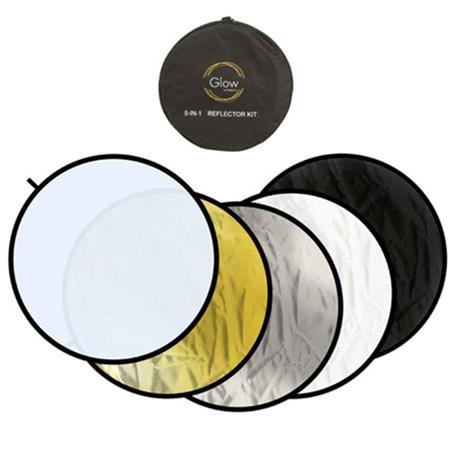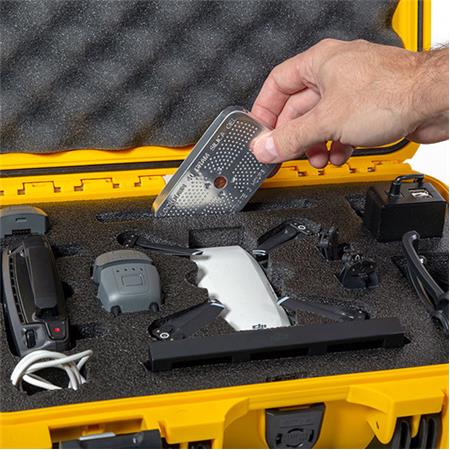DISCLOSURE: AS AN AMAZON ASSOCIATE I EARN FROM QUALIFYING PURCHASES. READ THE FULL DISCLOSURE FOR MORE INFO. ALL AFFILIATE LINKS ARE MARKED #ad
The world is unpredictable and all too often that reflects itself in our shoots. If you’re an independent filmmaker and shoot outside, it’s only a matter of time until you find yourself facing bad weather.
Luckily, there are some steps we can take to prepare ourselves and our gear to survive the elements
Now, none of these are failsafe and the only way to make sure your camera is 100% safe is to not take it outside. Unfortunately, that’s not an option for most of us, so instead we’ll have to make do with what we have.
Some of these solutions are cheap, or free if you already have some of the right materials lying around. Others may be more expensive.
Like most things camera related, a key part to moving forward is understanding your limitations and that of your camera.
So let’s explore some tips for shooting in bad weather conditions.
Tips For Shooting Outside

Below are 15 tips I’ve compiled for helping you shoot in nasty weather.
Some of these are do-it-yourself solutions. If that’s how you choose to proceed, take caution, and know that these are not ideal solutions or 100% secure.
At the end of the day, taking your gear into adverse conditions is dangerous and you will always run the risk of damage. The following will help make that risk as nominal as possible.
1. Get A Weather Sealed Camera And Lens
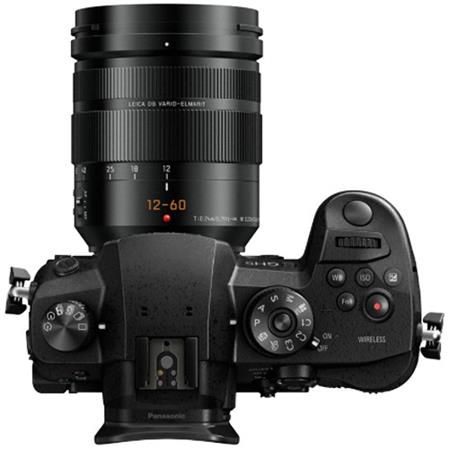
If you are looking for a new camera specifically for shooting in outdoor conditions, consider weather-sealed, weather proofed, and waterproof cameras.
Also, be aware that these terms mean different things depending on the manufacturer.
Weather-sealed and weather-proofed mean that measures have been taken to be water, dust, and freeze resistant.
Therefore these cameras will most likely survive a bit of rain and snow. That said, they are not waterproof and will be damaged if they get too wet or are submerged in water.
A great example of a weather-sealed camera is the Panasonic GH5. The GH5 system also offers a lot of native lenses that are weather-sealed, e.g. the popular 12-60mm f/2.8-4. You can check the current price on this great combo here on Adorama.
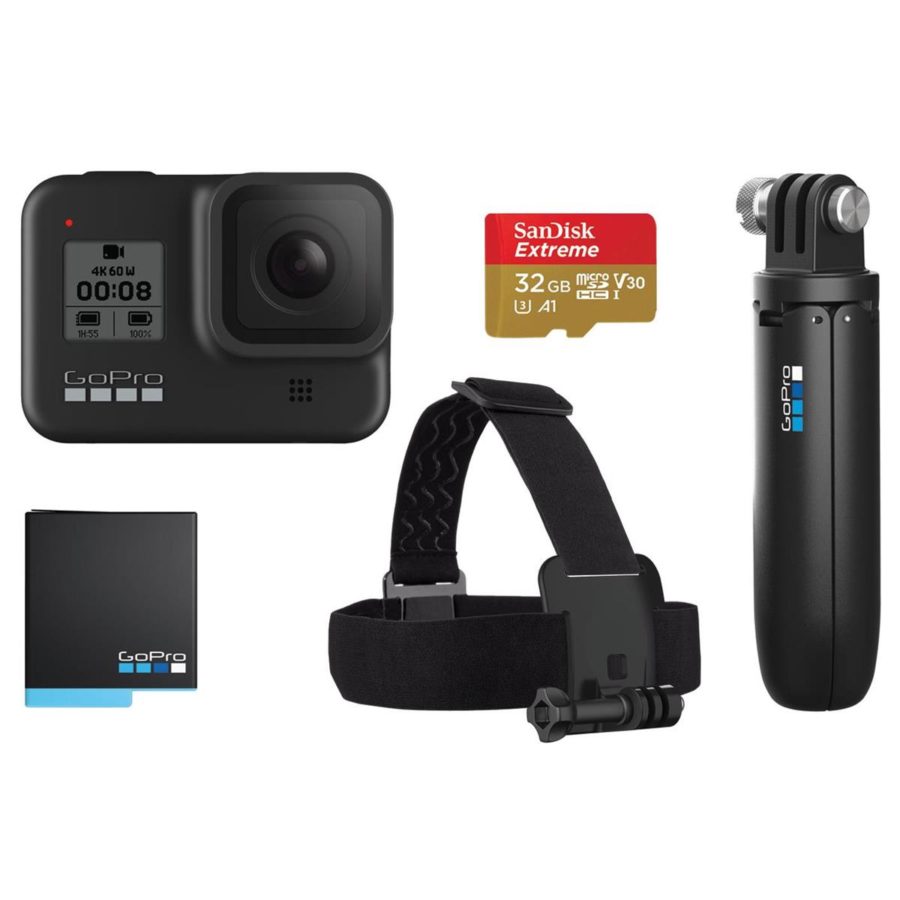
Waterproof means that your camera will not be damaged by water…at all. A great example of this is most GoPro cameras. In addition to peace of mind, waterproof cameras can let you get some unique shots.
The GoPro Hero 8 is a great little waterproof action cam. You can read specs and check the price for the Hero 8 here on Adorama.
2. Camera Bag
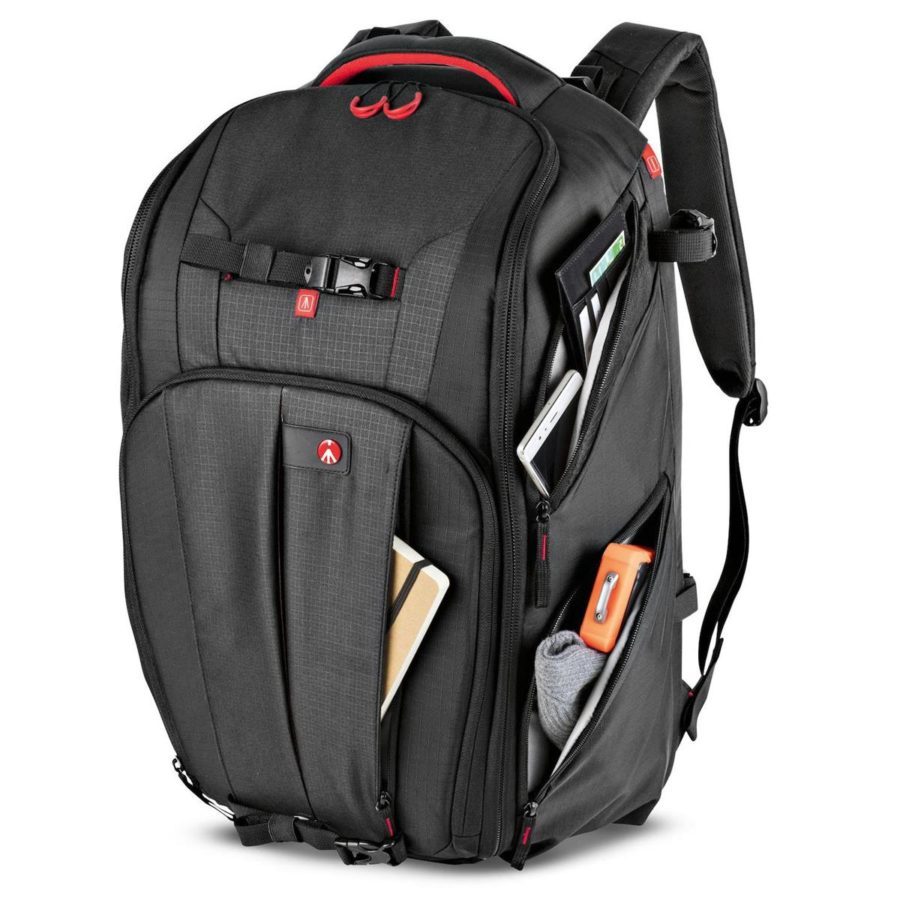
A huge, essential, cheap, and simple accessory to help with battling the elements is a camera bag. Having a water-resistant camera bag will give you a place to store your camera and lenses and other gear.
It also makes it easy to keep your gear with you which helps tremendously in keeping it safe. Manfrotto makes great gear, and you probably know them for tripods, however, they also have awesome bags to keep your gear safe.
A good example is the Manfrotto Pro Light Cinematic Expand Video Backpack on Adorama. It’s made of water-repellent nylon/polyester and comes with a sun/rain cover to protect from rain and snow and reflect sunlight to keep gear cool and dry during long days of filming and hiking.
3. Rain Cover
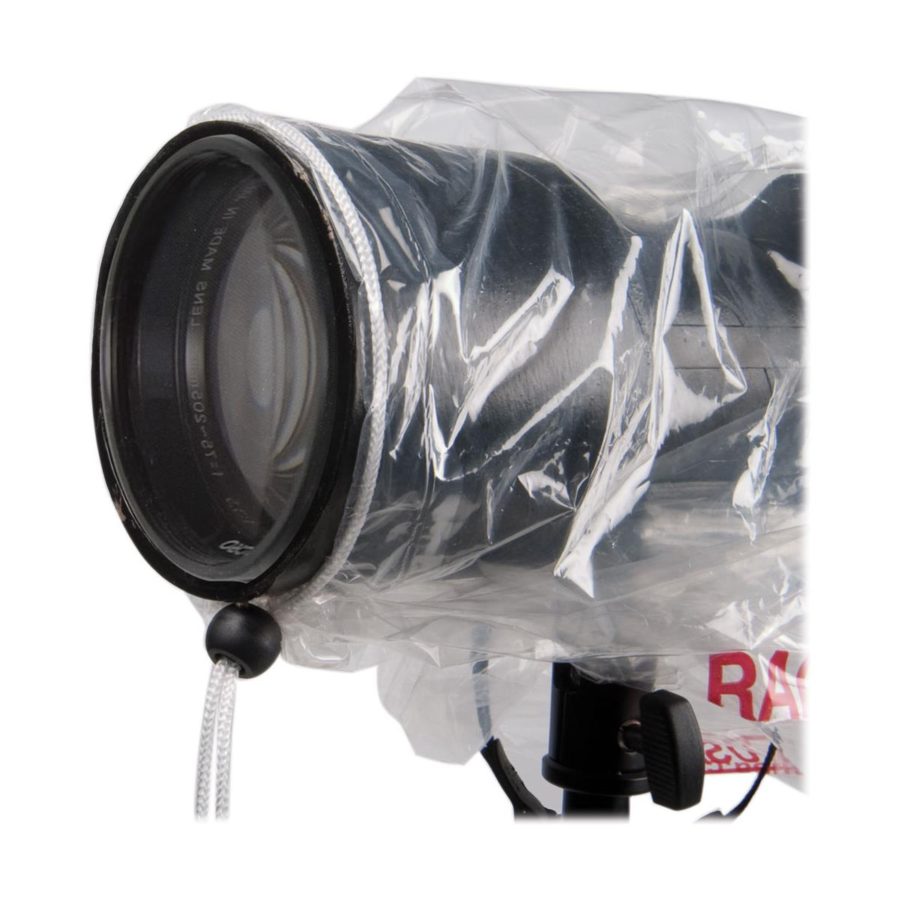
Rain covers, also known as rain shells or rain sleeves, are another great tool to keep your camera safe while you are shooting. These are essentially made from plastic (or other water-resistant material) coverings to put your camera in.
You’ve probably seen these with photographers at sports games or other wet, outdoor scenarios. What you may not know is that they can be very cheap and very effective.
I found this inexpensive raincover from Op/Tech on Adorama.
4. Windscreens
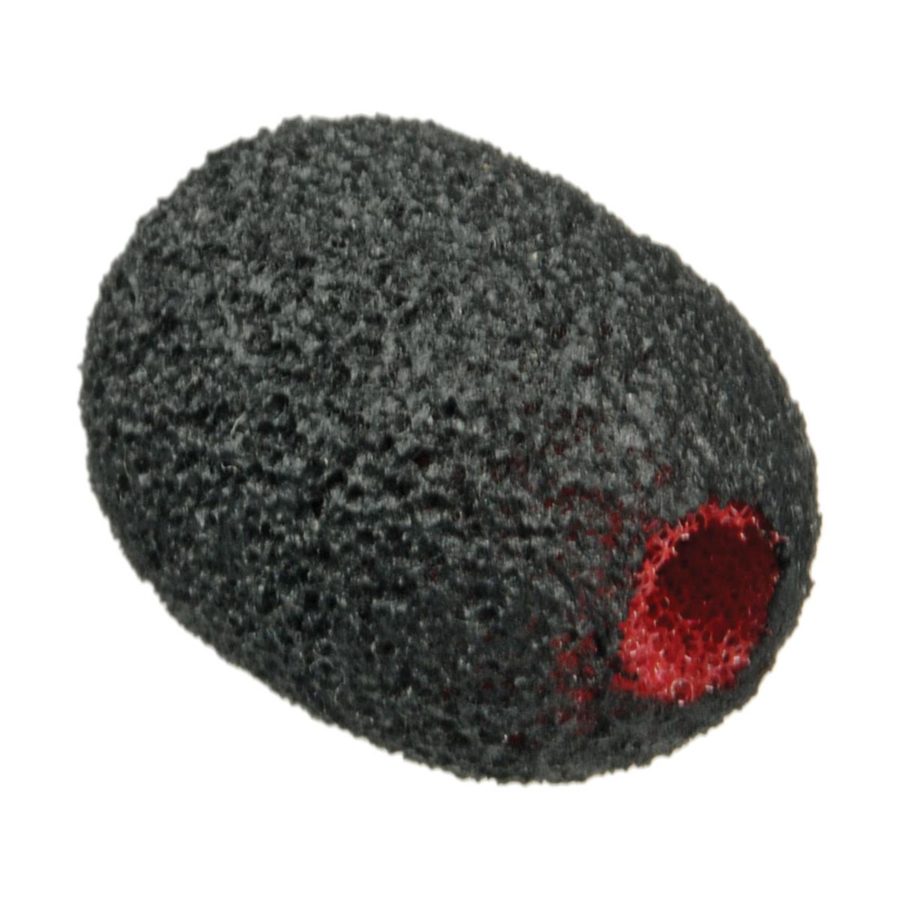
When you’re shooting in adverse conditions, your camera isn’t the only thing to worry about. If you’re recording dialogue you’ll also have to consider your audio equipment and especially your microphone.
Having a windscreen and foam shield on your mic can provide some protection, however, these can collect moisture if the material is not water-resistant so the effectiveness is limited. However, certain shields are designed to be a bit more weatherproof.
An example is this Rycote Neoprene-Coated Lav Mic shield on Adorama.
5. Hardshell Cases
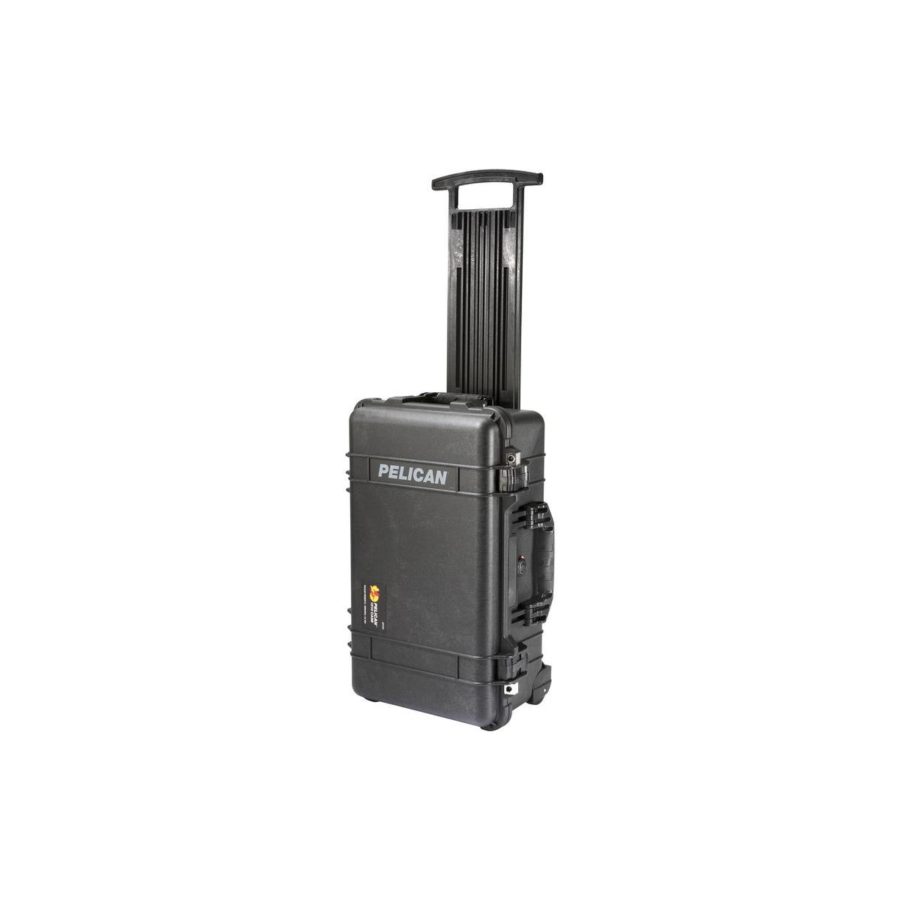
Now, if you’re going to be shooting outside in an extremely aggressive environment, having a waterproof hardshell will offer far more protection than a backpack or soft case.
For the ultimate peace of mind, get one of these to store your gear in.
Not only will these cases protect from the elements, but they will protect your gear from heavy impacts.
Pelican is a company that makes great cases, and the Pelican 1510 model on Adorama is a great choice for most gear.
6. Hands Free Umbrellas

To protect your gear while shooting, having an umbrella is very helpful. If you don’t have anyone to hold an umbrella, or need to use both your hands, hands-free umbrellas are an option.
Though these umbrellas look extremely goofy, they’re also extremely helpful. You may not have known that umbrellas with backpack attachments exist, but this one from Adorama is a great example and is a budget-friendly lifesaver if it rains or snows.
7. Tarps
Another very simple solution to getting your gear out of the rain is to carry a tarp on you. Simply having a tarp in your car or backpack is a great way to always be prepared.
Not only can the tarp protect you from rain, but if it has recently rained, laying a tarp down can let you lay out your gear without worrying about it getting wet or dirty from the ground.
This is an extremely cheap and effective way to protect your equipment.
I found this light-weight and affordable tarp from MindShift on Adorama.
8. ZipLock Bags
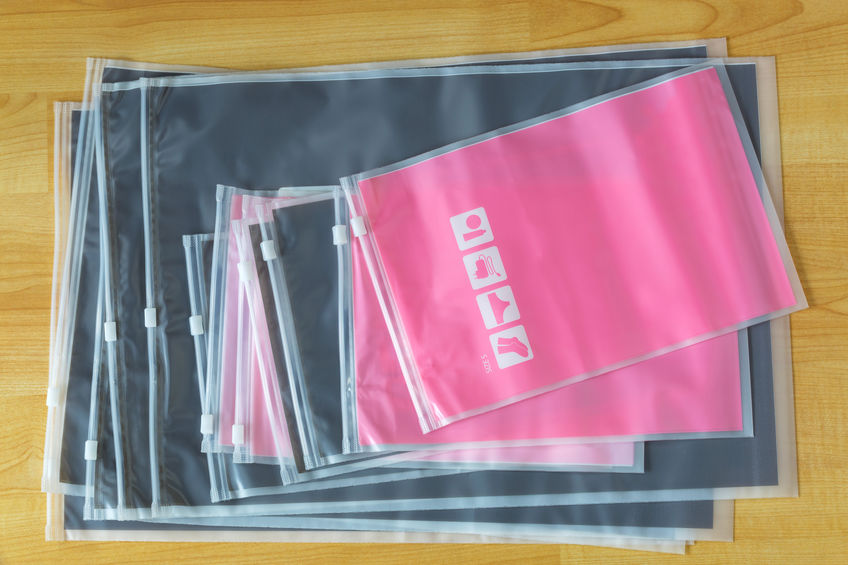
Even cheaper than tarps are ZipLock bags. These plastic bags are great to organize small camera accessories, and also will protect your gear from the weather.
If you have a water-resistant backpack but are still worried about having to be outside for an extended period of time, putting your gear in ZipLocks first will surely keep it safe while it’s raining outside.
9. Underwater Camera Housings
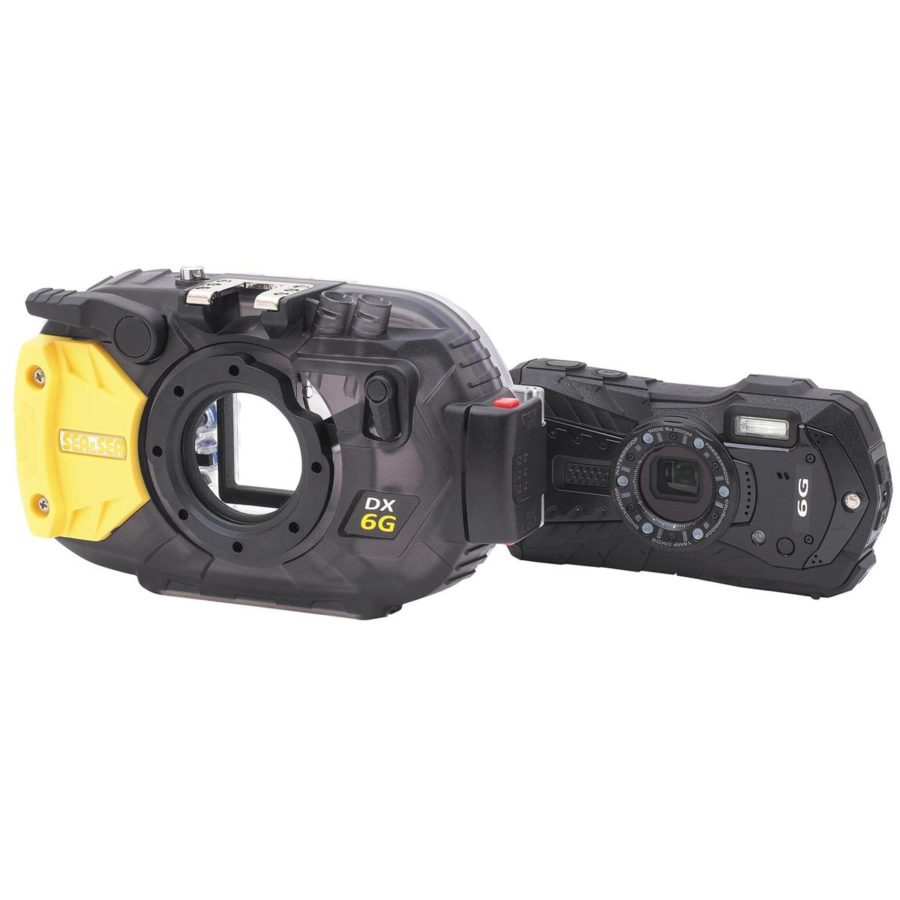
This may seem excessive, but an underwater camera housing will definitely protect your camera from the weather. Although there are many other ways to keep your gear out of the rain, this will let you face it head-on.
More importantly, underwater housing can let you take a DSLR or Mirrorless camera underwater and get some awesome shots. Or, if you’re shooting on or next to the water, this will save your camera if you drop it.
If you don’t want to take your DSLR or mirrorless camera underwater, you can get a camera and housing bundle, that’s made for it from the get-go, like this one from Sea & Sea on Adorama.
However, if you’re serious about diving and underwater photography and video, you should check out our Beginner’s Guide To Underwater Video.
10. Reflectors
If you’re worried about taking your expensive lights in weather that will damage most gear, try using reflectors more. That way you can bounce the available daylight onto your talent’s face.
Not only are there many cheap reversible reflectors available, but they are not electronic meaning they will be okay if they get a little wet, dusty, or anything else.
Reflectors are a great addition for a filmmaking kit regardless of weather and given their cheap price, there’s no reason you shouldn’t consider adding this to your arsenal.
A great multi-purpose reflector is the Glow Portable 1 in 5 reflectors found here on Adorama.
11. Location Scouting
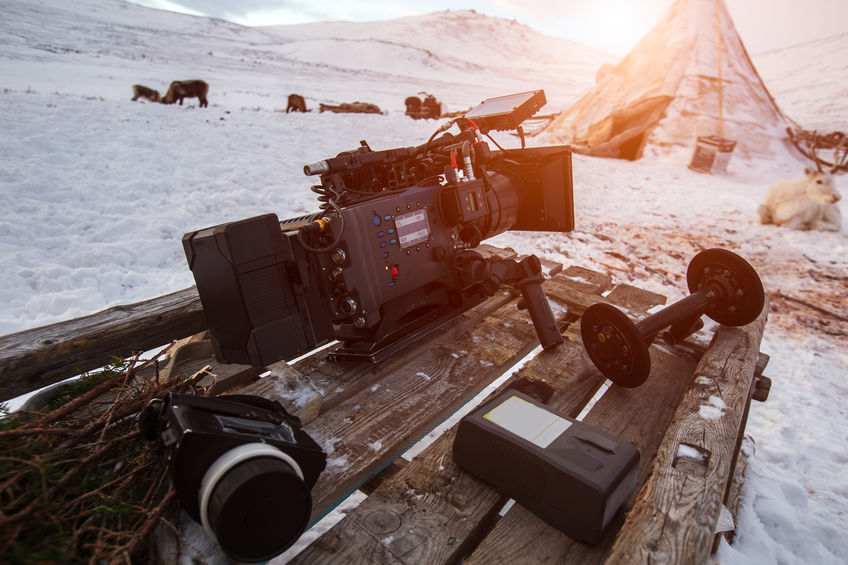
A simple and free, tip to protecting your gear is to scout your locations before shooting. When you do this be sure and look for areas you could stage the shoot in and store gear.
Parks will have campgrounds with structures available.
This is also a great way to make sure your equipment is safe. You don’t want to have to leave anything unattended, so having somewhere nearby to stage a shoot is essential.
12. Forecast

In addition to scouting a location, look at the forecast. Of course, nothing is for certain, but checking the forecast is a great way to help you prepare and see what you’re in for.
There are some great websites that offer pretty reliable global weather predictions. Below is my personal favorite and it will give you a detailed look at the weather, including cloud cover and wind speeds which is good to be aware of as filmmakers.
Check It Out Here: https://www.timeanddate.com/weather/
13. Crew
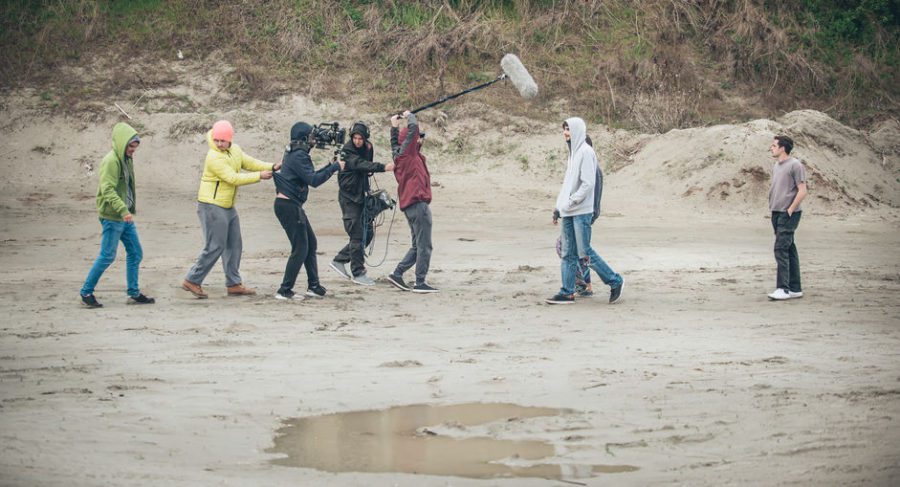
Having a crew is one of the best ways to make sure your gear is safe in any situation.
If possible, get a crew ready before you shoot. Even if it’s just some friends who know nothing about filmmaking, they can help move gear quickly or spread a tarp out.
If you have to store gear out of sight to keep it safe from the rain, assigning someone to watch it is essential. When filmmaking in easy conditions, there are already a million things to watch out for.
Giving some responsibility to someone else will let you remain more focused on what matters.
14. Silica beads
Finally, make sure you know proper camera care. Don’t change your lens in dusty or wet conditions. Store your cameras and microphones in dry places. Keep your lens cap on. There are so many different and easy steps to take that will keep your camera safe.
You know those bags of silica beads that come with everything you order? Those absorb moisture and keep things fresh.
Instead of throwing them away, keep them in your bag. At the end of the day, everything helps!
Or get something like the Nanuk Silica Gel Canister Desicca Container from Adorama that fits in your Pelican case to such up that moisture. It’s an inexpensive solution, you can use it again and again, and much cheaper than having to buy a new camera or lens because of moisture and fungi building up inside.
Conclusion

Not all cameras are created equal.
Certain cameras are weather-sealed, or even waterproof, letting you take them outside with a peace of mind. Others are extremely fragile.
Luckily, being weather sealed is often a selling point and most likely will be stated under camera specifications.
While you may have a weather-sealed camera, your lens may not be.
So make sure you check up on this before you buy a new camera if you know you’re going to use it outside a lot.
Also, your audio equipment may be exposed. Make sure your shotgun mic is protected by a blimp and dead cat in windy conditions, use a lavalier under your clothes in rainy conditions – or keep your shotgun mic under some kind of rain cover, and keep your preamp or external recorder safe and dry.
Finally, there is a lot of gear available for DSLRs and Mirrorless cameras, but certain housing and attachments may not fit the camera you’re shooting with.
This is especially pertinent when it comes to weatherproofing of your camera body and lens, so make sure that you’re taking the necessary steps you are taking are appropriate for your camera and gear.
I hope these tips help keep your gear safe and functional in the most adverse of conditions.
There are so many steps you can take to keep things safe, but oftentimes it doesn’t seem necessary until something breaks.
Don’t make that mistake! It always is better to be safe than sorry.
Are there any things different you do to prepare yourself for an outdoor shoot? Or any tips you’re excited to try? Let us know in the comments below!


